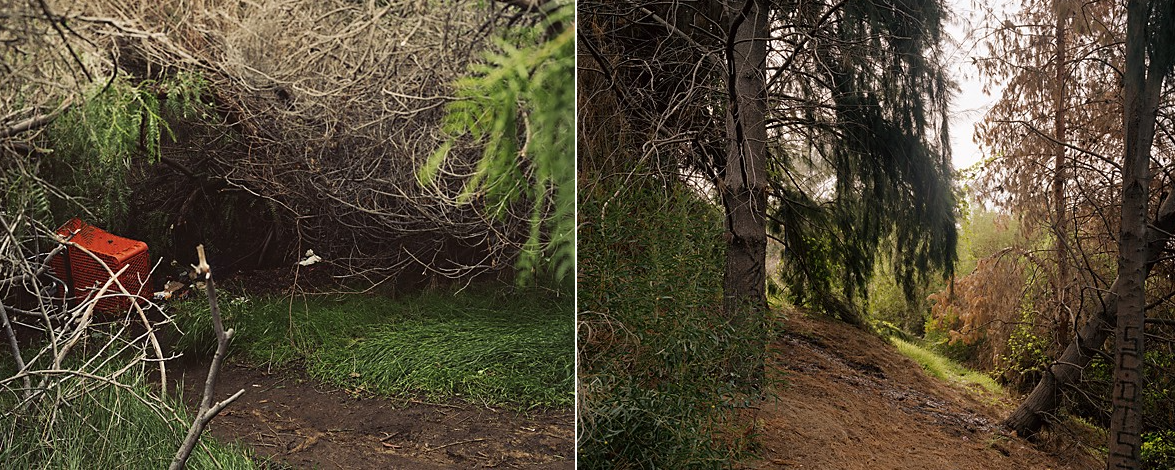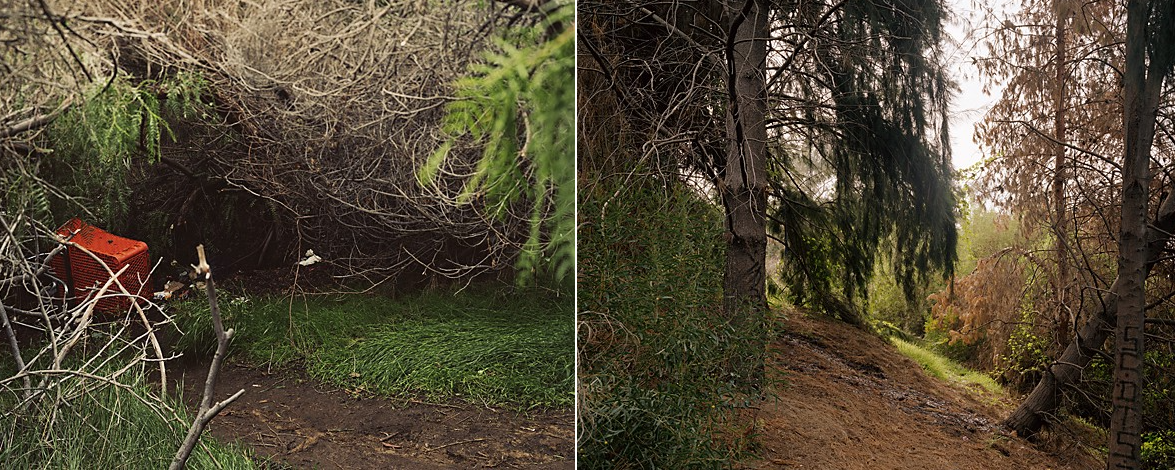
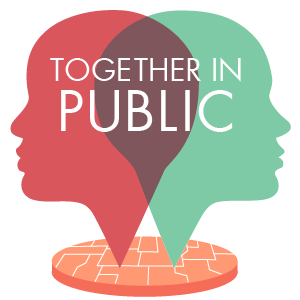
Elysian Park is one of the few public parks in Los Angeles that continues to have a strong cruising culture. Gay men hang out there despite–or maybe because of–a nearby police shooting range. “[You’ll be] within earshot of the shooting range, hooking up, and then you’ll hear pistols being fired,” says L.A.-based artist Dino Dinco, who has made the park a subject of his photographs. “To me “¦ maybe I’m just juvenile, but I love these kinds of connections.”
Police around the United States still regularly conduct sting operations in gay cruising grounds, often pretending to seduce the men there in order to entrap them. The stings are a hangover from an era when gay sex was still illegal in the country. Dinco says queer men are easy targets, and are especially vulnerable to systemic forms of violence when cruising in public places like parks.
Speaking to queer men from all over the world for this piece, I heard again and again how they came of age knowing that to be visibly gay in public was to be in danger. Still, they discovered ways to find each other. The codes varied from place to place; sometimes they looked for particular, subtle accessories, or listened carefully for certain vocabulary and innuendos. No matter where they were from, though, these men said the best place to look was in the eyes. Catching another man’s gaze was enough to know.
But who needs eyes when you have an app?
These days, police departments in parts of southern California say they’ve stopped conducting stings after noticing a “sharp drop-off in complaints about public sex during an age when men can easily find sexual partners through the Internet and dating apps such as Grindr.” LGBTQ people with smartphones can connect online just as easily as they could in a cruising ground or bar in the past.
At the same time, in many parts of the world, straight men and women are adopting aesthetics that were once explicitly queer. While these changes are often signs of greater acceptance toward LGBTQ communities, men I spoke to from older generations–who once cruised in parks because it was one of the only ways they could find one another–seem nostalgic. Not for the legal and social oppression they faced, but for the thrill of awareness that came with cruising, the way they could size each other up in a matter of seconds, and react quickly enough that a single glance could turn into an opportunity for sex, friendship, even lifelong romance.
This awareness came from learning queer codes that have evolved with the passing of decades, and that have helped queer people survive for hundreds of years–some formal, others informal. Despite changing technology and gender norms, they hope that queer people today don’t completely lose this awareness, partly because the danger isn’t gone.
In some parts of the world, Grindr is a tool for entrapment the same way cruising grounds have been in the past. Egyptian police have used the app as a tool to arrest gay men, causing the company to issue a warning to Egyptian users. During the Rio Olympics, Nico Hines, a reporter for The Daily Beast, downloaded Grindr in an attempt to find gay athletes, even though he had no real sexual or romantic interest in them. Hines is a self-identified straight married man who connected with these athletes simply to find lurid content for his now-removed article, which included identifying details.
“After several minutes of Googling, I surmised the identities of five of the gay athletes Hines described,” Mark Joseph Stern wrote in Slate. “I’m not going to repeat his descriptions, because–as Hines himself acknowledges!–some of them live in “‘notoriously homophobic’ countries and remain closeted at home.” Just months after this, in November 2016, a serial killer was convicted for drugging, raping, and murdering four men whom he met on Grindr. Their bodies were found near his east London flat. Men in Pakistan have been convicted of similar crimes.
The danger that can come with being queer and overt is not theoretical to Dinco. He describes getting mugged in Las Vegas over a decade ago. “I’m a pretty street-savvy person,” he says, “but I was with a friend and we got drunk, and it was Vegas, and it was three in the morning, and the DJ played amazing music. These guys were freaking on us and dancing with us.” They asked Dino and his friend to join them at a party, which turned out not to exist. “They had friends hidden in shadows outside of the bar in the parking lot and they fucked us up. My friend got stabbed.”

Felix* has a government job in Mexico, and feels he must hide his sexuality because of these dangers. Again, it’s all about the eyes, he says. “Some other men, I see their difference in their eyes,” he tells me in an email. “Together [my partner and I] have found that many gay men have ‘sweet eyes,’ which means that their sight is very soft, nonviolent.” While Felix is the first to admit that this formula is not universal, some of his friends say he now has “faggot-killer” eyes–his translation–or mirada de mata-putos. In his words, this “means that I have found how to avoid looking to other men and got rid of my ‘sweet sight.'”
Felix’s description of what it’s like to search the streets for other gay men resonated with what I heard from others. Phil Want, a lecturer at South Bank University in London, who has researched gay tourism, grew up in London in the 1960s. There, he learned that the best way to suss out other men’s interest was to try holding his gaze. “A heterosexual might have no idea whether I’m a gay man or not, but another gay would almost certainly instantly recognize me as another gay man,” he explains. “Perhaps what it is is that they look a fraction of a second longer.”
Today, Want’s eyes still sparkle as he remembers that time when he would walk through Holland Park in London on a beautiful day, knowing that there was a real chance he could meet someone. Dino Dinco decided to document contemporary Elysian Park for similarly romantic reasons. Born in rural Pennsylvania, he moved to Los Angeles as a boy, where he became intimately entwined with the local Latinx culture. Much of his work revolves around the city’s queer Latinx community, which he misses when he travels abroad for art shows, and which he also associates with Elysian Park.
At the same time, the park also reminds him of early childhood. “Someone took me to the park and I was like, “‘Oh my god, really? Really?’ And I was all about it. I was born in nature, right, so for me to walk around the woods was something that I did pretty much every day as a kid. So here is a horny queer who grew up in nature and I’m like, “‘I get to have sex in this? This is genius.'” The experience to him is “poetic and beautiful and primal.”
Bob Sienkiewicz, who runs the website cruisingforsex.com, has watched the queer public landscape erode and remake itself in real time. Launched in 1995, well before Grindr and other online dating apps, it was once one of the world’s most viewed websites–a place for queer men and others to find each other, and discuss which cruising grounds were most dangerous. In recent years, he’s seen the website’s early user base age, and parks trim their bushes, install lights, and increase security. He’s also seen younger men turn to Grindr.
One of the reasons Sienkiewicz is passionate about cruising is because of how much you can learn about a person with just a few gestures: “You get a certain building of confidence when you see each other in person; the look in the eye or the body language, because it’s something of the whole person. Not just a few sentences or a few letters or something like that, you know what I’m saying?”
He, like others I spoke to, seemed resigned to living a life that contained a certain amount of risk, whether online or in public. He finds it natural that people might change the tools they use to find one another, but he hopes that they will hold onto the awareness learned from cruising. “People need to just think about it and inform themselves and decide what level of risk they’re willing to bare,” he says. “Sometimes I wonder whether or not people do that.”

Public parks are a recurring theme in Queer Potli, an anthology of stories about LGBTQ spaces in India–but not necessarily as cruising grounds. Rather, they’re places of anonymity and privacy, where two people can share experiences and emotions.
In “Cityscapes: A Journey from Calcutta to Kolkata,” the writer Paramita Banerjee explains how she explored the city with a teen girlfriend in the 1970s. “Same-sex orientation was not yet a concept that was familiar, even to a voracious reader,” she writes, before describing her escapes into the city with her friend. Without a concept of lesbianism, they didn’t think to search for such an identity–they knew only that they were “bad girls.”
Insatiably curious, they made the city theirs, hanging out in graveyards, even learning Urdu just so they could read the headstones:
“It was here that we would be rudely hauled up by a couple of local goons as we sat cosily together towards dusk. We didn’t know what they wanted with us, but we fought–defending ourselves and each other, and somehow managed to run away with nothing more serious than dirty and torn dresses, and angry-looking bruises all over our bodies.”
After managing to get away, the girls took a bus to a tea shop so they could discuss what to tell their parents.
This theme is also seen in The Other Love Story, an Indian series that launched on the queer streaming service Revry in the fall of 2016. It portrays the danger of discovery for queer women while in the cloying privacy of the family home. Set in the late 1990s, it follows the friendship of Aachal and Aadiya, two teenagers who attend different colleges each day in Bangalore before returning home to their families.
The two spend time together in Aachal’s home. Extended family members drift in and out; there are no real doors, but beaded curtains–it’s a private space that feels frustratingly public. Roopa Rao, who wrote and directed the series, says that this was how she grew up; she had little privacy, and slept on the couch in the living room. She wanted to see a queer story with that kind of ethos onscreen, and finally decided to make one herself.
When the two heroines are inevitably caught–they have nowhere to hide–Aachal’s mother hits her, and her family threatens to uproot her.
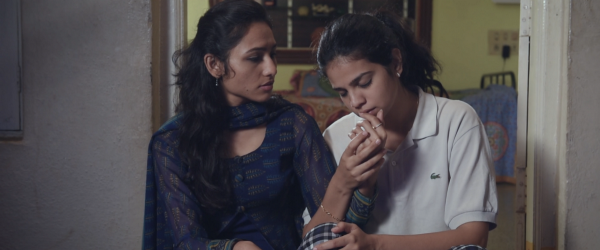
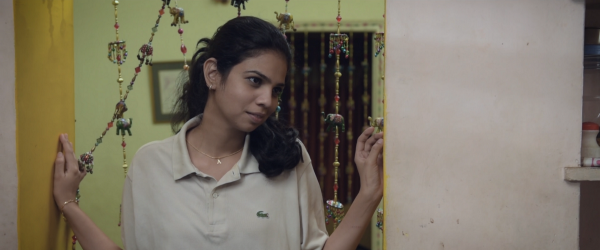
In contemporary India, queer spaces are in a sort of limbo. The Indian Supreme Court briefly repealed the colonial hangover law outlawing same-sex relationships in 2009, only to reinstate it in 2013. Today, all over the world, queer spaces in public and private are in flux–infused with new possibilities as well as dangers, mixing the physical with the digital.
Pawan Dhall, who edited Queer Potli, says of the past: “Word of mouth [was] the primary mode of spreading the word about spaces” for queer people to congregate, “but today social media amplifies word of mouth, and in a way is replacing it, too. Several Facebook groups specific to Kolkata or Bengal turn into forums for announcing activities at the park. Last year at least two queer networks organized open-air socializing meetings in the park during Durga Puja.”

Today, transportation is becoming a popular testing ground for new queer awareness and codes. Perhaps it’s because the rules of social conduct are, for mysterious reasons, somehow suspended–or at least morphed on buses and trains, and at gas stations. People are less afraid to stare, and less likely to do anything to you if they catch you staring. In these transitory spaces, a quick exit is an easy option.
In addition to his photos of Elysian Park, Dinco also directed Homeboy, a documentary about queer Latinx men who were also former gang members. He tells me what he has learned about the codes outwardly macho men use to find each other in gas stations: One man might compliment another’s car at a gas station for example, and say, “Your old lady [or hyna] must be happy with that car,” and the other man might say, “Fuck hynas,” and the first would agree.
It was on a bus that Sienkiewicz first noticed another man noticing him, and that Want began to employ the codes of eye language. In a matter of months, Want says he went from being completely isolated in his working-class east London neighborhood–unable to recognize other gay people because he “wouldn’t know what a gay person looked like”–to literally speaking in Polari, an obscure, queer British slang language first developed by circus performers, to point out good-looking men to other gay friends when they were on buses.
Aachal and Aadia in The Other Love Story use buses in a different way, to stretch out the time they can spend with one another. Rao tells me that since the girls have strict curfews and a short window between the end of class and when they get home, the only way to be with each other is to accompany one another on the bus: “You have to steal your moments,” she says. In one episode of the series, the two ride back and forth together, unable to say goodbye.
For those who are less able to hide their queerness, even these spaces aren’t safe. In an interview with Pawan Dhall for the print-only magazine Queer Potli, Madhua Nandi, a trans woman, described the leers and violence she encountered on the bus and train every day as she went through her transition.
Around the world today, danger seems closer to many who are visibly queer than it may ever have been in their lifetimes. The Orlando shooting in June 2016 was devastating in its scale and invasiveness of a queer space. Governments around the world, from India to the United States to the United Kingdom, are turning more conservative, with queer rights hanging in the balance. Especially for those of us who are younger, it’s easy to forget how recently the LGBTQ community obtained the rights it has.
In 2001, the U.S. Supreme Court had yet to rule anti-homosexuality laws unconstitutional. Gay marriage wasn’t legal anywhere in the world at the new century’s outset, and no states in the U.S. had laws to protect transpeople from employment discrimination–many still don’t. It was in this year that Rao set the final chapter of The Other Love Story.
In it, after Aachal’s parents find her love letters from Aadiya, they try to send her to America, but Aadiya manages to sneak her way onto Aachal’s train from Bangalore to the Mumbai airport. Aadiya leads Aachal to the corridor between train cars, where they kiss as the countryside speeds away behind them. At first they break apart whenever someone walks past, but eventually they remain intertwined–their private body language becoming public. “I wanted to subtly make a statement that they don’t care anymore,” says Rao. “The feelings have taken over.”
This ending could be a rare, happy conclusion for a queer love story, or it could merely be a passing moment of happiness, a small space of joy in an otherwise unsafe story. Whatever happens next, though, they may not be able to steal the moment; they’ll have to claim it.
*Name changed to preserve anonymity.


How We Get To Next was a magazine that explored the future of science, technology, and culture from 2014 to 2019. This article is part of our Together in Public section, on the way new technologies are changing how we interact with each other in physical and digital spaces. Click the logo to read more.

